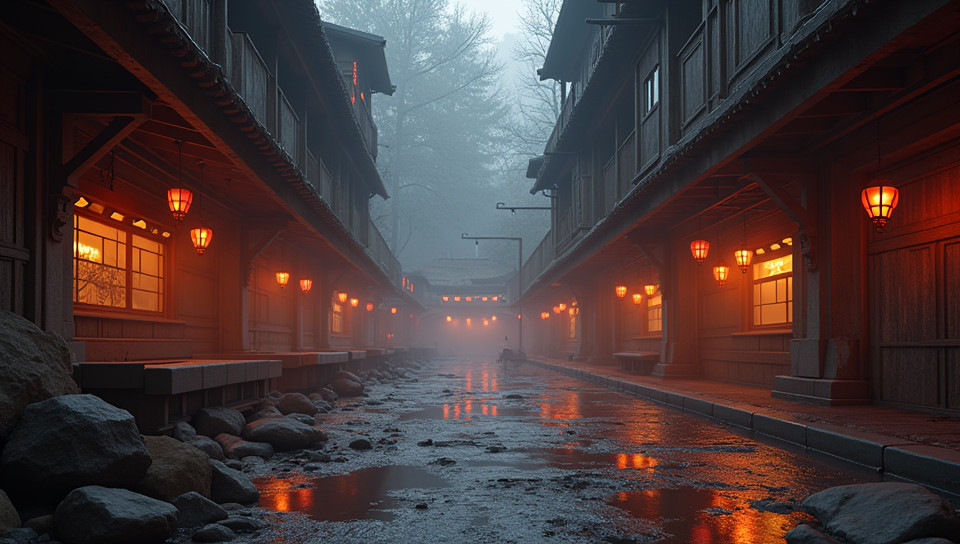Lighting is challenging in low poly environments 95%

Lighting Up the Challenges
In the world of 3D modeling and game development, one of the most critical aspects of creating an immersive experience is lighting. However, when working in low poly environments, lighting can become a daunting task. With limited geometric complexity and reduced texture resolution, achieving realistic and engaging lighting effects becomes a significant challenge.
The Nature of Low Poly Environments
Low poly environments are characterized by their minimalist approach to modeling, using fewer polygons to create the illusion of detail. This results in reduced computational requirements and faster rendering times, but it also comes with its own set of challenges. In such environments, every element of the scene, including lighting, must be carefully crafted to convey a sense of realism.
The Challenges of Lighting in Low Poly Environments
Lighting is not just about illuminating objects; it's about creating an atmosphere and drawing the viewer into the scene. However, in low poly environments, achieving this can be difficult due to several factors:
- Limited texture resolution: With fewer polygons, textures must be used more sparingly, which can limit their effectiveness in conveying lighting information.
- Reduced geometric complexity: The lack of detailed geometry makes it harder for light sources to create nuanced and realistic lighting effects.
Strategies for Effective Lighting
Despite the challenges, there are ways to achieve effective lighting in low poly environments. Here are some strategies that can help:
- Directional lighting: Using directional lights can help create a sense of depth and dimensionality in the scene.
- Atmospheric lighting: Incorporating atmospheric effects like fog or haze can enhance the overall mood of the scene and create a more immersive experience.
Conclusion
Lighting in low poly environments requires careful consideration and planning. By understanding the challenges that come with this type of environment and employing strategies like directional lighting and atmospheric effects, you can create scenes that are both visually stunning and engaging. Remember, effective lighting is not just about illuminating objects; it's about creating an atmosphere that draws the viewer in and makes them feel like they're part of the scene.
- Created by: Mikołaj Krawczyk
- Created at: Jan. 24, 2025, 12:41 p.m.
- ID: 18673









